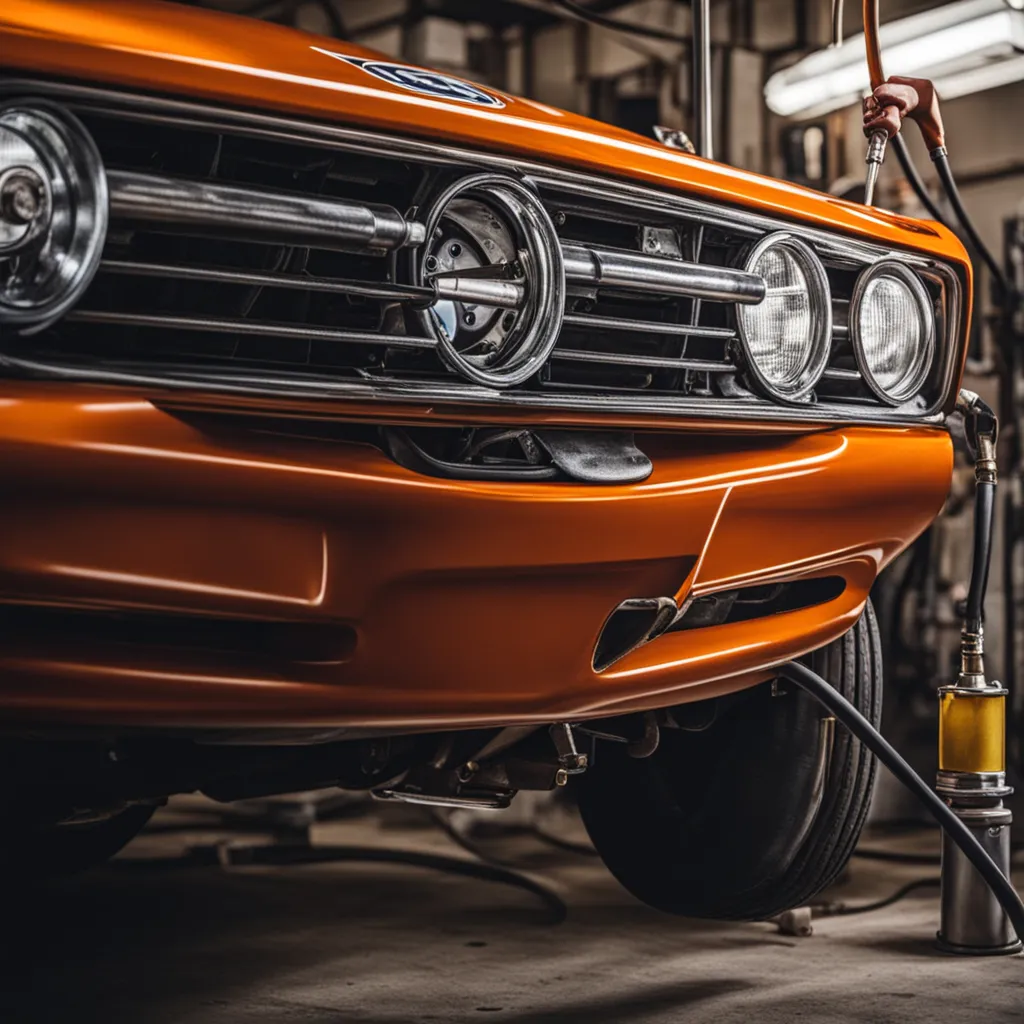How to Clean a Fuel Pump: A Comprehensive Guide
How to Clean a Fuel Pump: A Comprehensive Guide
Maintaining the fuel pump of your vehicle is crucial for its smooth operation. Over time, the fuel pump can get clogged with debris and sediment from the fuel tank, leading to reduced efficiency or even failure. Cleaning your fuel pump can help extend its life and ensure your vehicle runs smoothly. Here’s how to clean a fuel pump, along with answers to some frequently asked questions.

Steps to Clean a Fuel Pump
- Safety First: Before you start, make sure the vehicle is turned off and parked in a safe, well-ventilated area. Wear protective gloves and goggles.
- Relieve the Fuel System Pressure: Disconnect the fuel pump fuse while the engine is running. The engine will stop once the fuel system is depressurized.
- Remove the Fuel Pump: Locate the fuel pump, which is typically inside the fuel tank. You may need to remove the tank to access the pump. Consult your vehicle’s manual for specific instructions.
- Disassemble the Fuel Pump: Carefully disassemble the fuel pump. Take note of how components fit together to ensure correct reassembly.
- Clean the Components: Clean the parts of the fuel pump using a quality parts cleaner. Avoid using water or corrosive substances. Pay special attention to the filter screen, as it often collects the most debris.
- Dry the Components: Allow all the parts to dry completely after cleaning. This is crucial to prevent any moisture from entering the fuel system.
- Reassemble and Reinstall the Fuel Pump: Once the parts are clean and dry, reassemble the fuel pump and reinstall it in the vehicle. Ensure all connections are secure.
- Test the Vehicle: After reinstallation, start the vehicle to ensure it’s running properly. Check for any leaks or unusual noises.
FAQs
Question: How often should I clean my fuel pump?
Answer: It’s recommended to clean your fuel pump every time you replace your fuel filter or if you notice symptoms of a clogged pump, such as engine sputtering or stalling.
Question: Can a dirty fuel pump cause damage to my vehicle?
Answer: Yes, a clogged fuel pump can lead to insufficient fuel supply to the engine, causing it to run lean and potentially leading to engine damage.
Question: Is it safe to clean the fuel pump at home?
Answer: While you can clean a fuel pump at home, it requires a certain level of mechanical knowledge and skill. If you’re not confident, it’s best to seek professional help.
Question: What symptoms indicate that my fuel pump needs cleaning?
Answer: Common symptoms include decreased fuel efficiency, the vehicle struggling to start, loss of power under stress, and the engine misfiring.

Conclusion
Cleaning your fuel pump is an essential maintenance task that can improve your vehicle's performance and longevity. By following these steps, you can ensure that your fuel pump is free of debris and functioning efficiently. Remember, safety is paramount when working with vehicle components, so take all necessary precautions. If you’re unsure about any step, consult a professional mechanic.